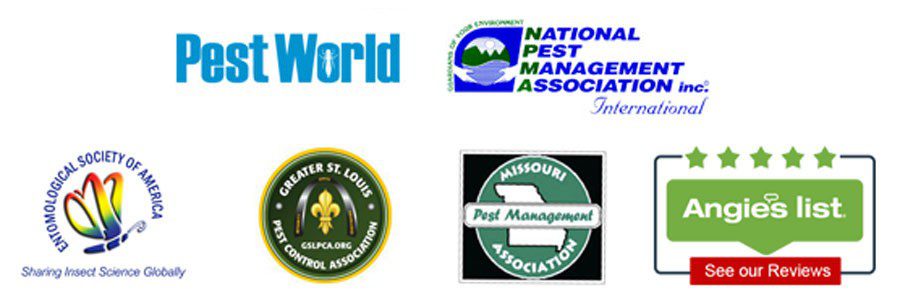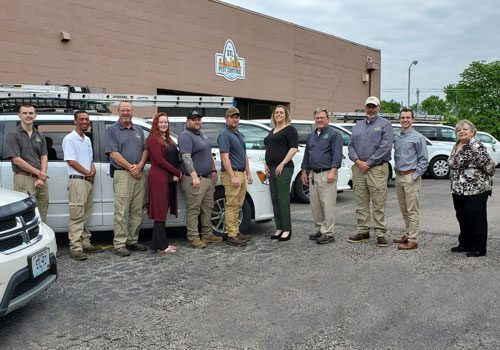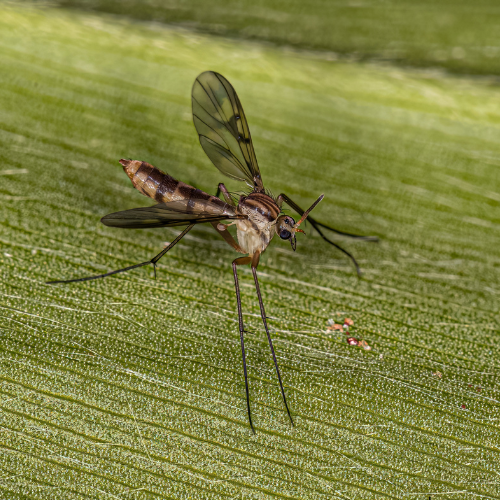Dark Winged Fungus Gnat

Proud Supporter of Disabled Veterans
No Contracts
Services provided without written contracts.
Introduction to
Dark winged fungus gnats, commonly known as fungus gnats, are small, delicate insects that are frequently found in homes and greenhouses. These gnats belong to the family Sciaridae and are known for their dark wings and attraction to moist environments where fungi and decaying organic matter are present. While adult fungus gnats are mostly harmless, their larvae can cause damage to plant roots, making them a significant pest for indoor plants and greenhouses. Understanding the biology, habits, and effective prevention methods for dark winged fungus gnats is essential for managing infestations and maintaining healthy plants.
Recognition
Dark winged fungus gnats are small, measuring about 1/8 inch (3-4 mm) in length. They have slender, dark-colored bodies, long legs, and clear or smoky-gray wings. The wings are often held in a V-shape when at rest. Fungus gnats have a characteristic delicate appearance, with long antennae that can be as long as their body. They are often mistaken for fruit flies, but fungus gnats have longer legs and antennae and are usually found near soil or plants rather than fruit.
Biology
Fungus gnats undergo complete metamorphosis, progressing through four life stages: egg, larva, pupa, and adult. Females lay eggs in moist soil or organic matter. The eggs hatch into larvae, which are white or translucent with black head capsules. Larvae feed on fungi, decaying organic matter, and sometimes plant roots, causing damage to seedlings and young plants. After feeding for about two weeks, larvae pupate in the soil, and adult gnats emerge after about five days. The entire lifecycle from egg to adult can be completed in about four weeks, allowing for rapid population growth under favorable conditions.
Habits
Fungus gnats prefer moist environments with abundant organic matter and fungi. They are commonly found in greenhouses, indoor plant pots, and areas with high humidity and poor drainage. Adult gnats are weak fliers and are often seen hovering near plants or resting on soil surfaces. They are attracted to light and can be found near windows and light fixtures. While adult fungus gnats do not feed on plants, their larvae can cause significant damage to plant roots, leading to stunted growth and poor plant health.
Prevention
Preventing fungus gnat infestations involves maintaining proper plant care and reducing moisture levels. Allow the top layer of soil to dry out between waterings to discourage egg-laying. Use well-draining soil and avoid overwatering plants. Remove decaying organic matter from the soil surface. Use yellow sticky traps to monitor and reduce adult gnat populations. In severe cases, consider using biological controls such as beneficial nematodes or Bacillus thuringiensis var. israelensis (Bti) to target larvae in the soil. Regularly inspect plants for signs of gnat activity and take action promptly to prevent infestations from spreading.
Professional
If fungus gnats become a persistent problem, professional pest control services can provide effective solutions. STL Pest Control offers comprehensive treatments to eliminate fungus gnat populations from homes and greenhouses. Their technicians are trained to identify breeding sites and apply appropriate treatments, including insecticidal sprays, biological controls, and integrated pest management techniques. In severe cases, they may recommend ongoing maintenance plans to keep fungus gnat populations under control. Professional services ensure thorough and long-lasting control, providing peace of mind and healthier plants.



Our Office







